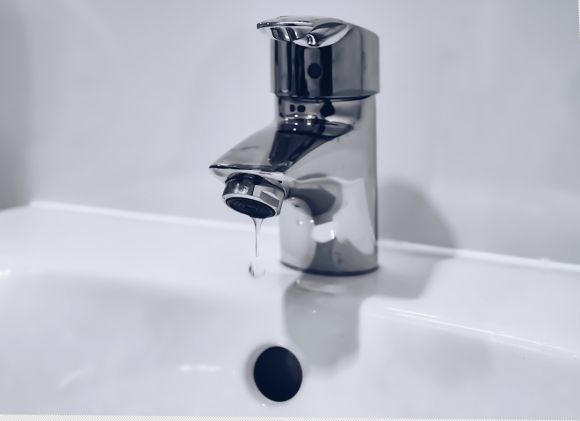Have you ever turned on your faucet and been alarmed to see brownish water flowing out? It’s certainly not a pleasant sight, but it’s a problem that many people have encountered at some point. Why does your water look brown, and is it safe to use? In this article, we will explore the various factors that can cause your water to appear brown and discuss whether it poses any health risks.
Possible Causes
1. Sediment and Rust
One common reason for brown water is the presence of sediment and rust in your plumbing system. Over time, minerals and other particles can accumulate in the pipes, resulting in discolored water. This is more likely to occur in older homes with outdated plumbing systems. The rust particles can give the water a brownish tint.
2. Municipal Maintenance
Sometimes, the culprit behind brown water is the municipal water supply. Water authorities occasionally conduct maintenance work on the water distribution system, which can stir up sediment and cause temporary discoloration. While this can be a nuisance, the issue usually resolves on its own within a few hours.
3. Well Water Contaminants
If you have a private well, the brown water could be a sign of contamination. Well water can become tainted with various pollutants, such as iron, manganese, or organic matter. These substances can cause the water to turn brown or yellowish. If you suspect your well water is contaminated, it’s important to have it tested by a professional to identify the specific contaminants and take appropriate measures.
Health Risks
Although brown water can be unsightly, it doesn’t necessarily mean that it is unsafe to use. In most cases, the discoloration is caused by harmless particles or minerals. However, it’s always a good idea to exercise caution and have your water tested if you have any concerns.
If the brown water is due to sediment or rust in your plumbing system, it may not pose any significant health risks. However, it is recommended to avoid drinking or cooking with discolored water until the issue is resolved. Sediment and rust particles can affect the taste and odor of the water, making it less appealing to consume.
On the other hand, if the brown water is caused by contaminants in well water, there may be potential health hazards. High levels of certain substances, such as iron or manganese, can affect the taste and quality of the water. Additionally, organic matter in well water can promote the growth of bacteria and other microorganisms. In such cases, it’s crucial to address the underlying issues and ensure that the water is properly treated before use.
Taking Action
If you’re experiencing brown water, there are a few steps you can take to address the problem. Firstly, contact your local water authority to inquire about any ongoing maintenance or issues with the municipal water supply. They can provide you with information and an estimated timeframe for the resolution of the problem.
If the issue persists or you have a private well, it’s advisable to consult a professional plumber or water treatment specialist. They can inspect your plumbing system or well and determine the cause of the brown water. Depending on the findings, they may recommend cleaning or replacing pipes, installing a water filtration system, or implementing other appropriate solutions.
In Conclusion
The sight of brown water flowing from your faucet can be concerning, but it doesn’t necessarily indicate a serious health risk. Sediment, rust, maintenance work, or well water contaminants can all contribute to the discoloration. While sediment and rust are generally harmless, it’s important to have your water tested if you suspect contamination. By taking the appropriate actions and seeking professional advice, you can ensure that your water is safe and clear once again.



